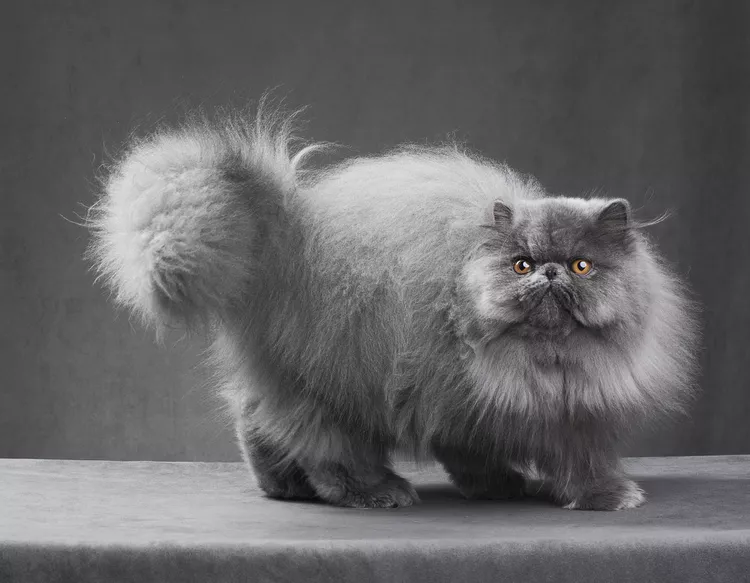
The Persian cat has been cherished for hundreds—if not thousands—of years, tracing their origins to the deserts of Persia and Iran. The Persian cat is a medium- to large-sized breed, easily identifiable by their round, flat face and long, flowing coat that comes in almost every color. Persian cats are gentle, loving companions even if their face makes them look a little grumpy.
Learn more about the characteristics, care, and history of the Persian cat.
PERSONALITY: Sweet, gentle, and affectionate
WEIGHT: 7 to 12 pounds
LENGTH: 14 to 17 inches
COAT LENGTH: Long hair
COAT COLORS: Blue, black, white, red, cream, chocolate, lilac, silver, golden
COAT PATTERNS: Solid, tabby, tortoiseshell, bicolor
EYE COLOR: Copper, blue, green, blue-green, hazel and odd-eyed
LIFESPAN: 15 to 20 years
HYPOALLERGENIC: No
ORIGIN: Persia and Iran
The Persian cat is known and loved for their very sweet, gentle, calm disposition. Though Persian cats are quite friendly, they require gentle handling, which means no roughhousing or grabbing from young children. They get along great with kind, respectful kids, but would rather be stroked and admired than engage in strenuous activities. Persians also enjoy the company of other cats and gentle dogs if they are introduced properly.
Persians love to sprawl out in their favorite spot in the home with good vantage points to keep an eye on the goings-on in the household, be it a plush chair or atop a cat tree. Persians are homebodies. It’s best to keep them indoors to prevent overheating or tangling up their profuse, long coats. Persian cats love their human families, but they don’t mind being left alone for short periods of time as long as they are in their own homes where they feel comfortable and safe.
The earliest written history of the Persian cat dates back to the early 1500s, but some breed fanciers believe the Persian might be even older. According to the Cat Fanciers' Association, ancient hieroglyphs found in the region show longhaired cats that may have been the ancestors of what became the Persian cat breed. The earliest examples of what eventually became the Persian cat were exhibited at the very first cat show, which took place in London in 1871.
Queen Victoria became enamored with the breed and owned several Persian cats, which made the breed popular with other royals and the British upper class. The breed found their way to the United States in the late 1800s and early 1900s. As in England, the Persian won over the American people.
The Persian was recognized by the Cat Fanciers' Association (CFA) in 1906 as one of the foundation breeds. The International Cat Association recognizes the Himalayan, which has a light-colored body and darker “points” of color on the face, ears, legs, and tail, as a separate breed within the Persian breed group. In the CFA, cats with Himalayan coloration are judged with the rest of the Persian colorations.
Persians are fairly easy to care for in terms of exercise and mental stimulation (a few play sessions a day will do just fine), but their coat requires extensive care and is not for the faint of heart. If not properly cared for, the Persian's coat can form mats, which are extremely painful for cats.
The Persian cat’s luxurious, flowing coat requires a lot of grooming—perhaps the most in all of the cat kingdom. To prevent mats from forming, a Persian cat needs daily combing with a wide-toothed metal comb, followed by daily brushing with a soft slicker brush. When combing, Persian cat parents must take care to part the hair and ensure they are combing all the way down to the skin, or mats will sneakily form underneath the long hair.
Regular bathing is necessary to keep the coat clean. After a bath, the coat should be carefully dried with a pet hair dryer that runs cooler than a human hair dryer so you don’t burn your cat’s sensitive skin or cause them to overheat. Persian cats also need their faces washed daily (the large, round eyes are prone to tearing), their nails trimmed weekly or every other week, and their ears checked and cleaned if they become dirty.
Due to the difficulty of upkeep, some Persian cat parents opt to have their cats professionally groomed. The groomer can shave a Persian cat’s belly to take off some bulk and eliminate the issue of mats forming on the stomach and under the armpits. Another option is a lion trim: the body of the cat is shaved short, leaving fluffy hair on the head, legs, and tail.
Persians are fairly sedate cats, though they enjoy playing with feather wands or other teaser toys. Engaging your Persian cat in play sessions a few times a day can provide a bit of exercise to keep your cat physically and mentally stimulated.
Scratching is another physically engaging activity that cats naturally want to do. Encourage scratching in the right places by setting up approved scratching areas in your house. Be sure to use both vertical scratchers (such as tall posts or cat trees) and horizontal scratchers (such as cardboard or sisal scratchers that lie flat on the ground), because these can provide an outlet for your cat to scratch in different ways.
Persian cats are genetically predisposed to the following conditions:
Reputable Persian cat breeders have their adult cats screened for these problems prior to breeding to keep from passing unwanted health traits to the next generation.
The Persian is a medium-to-large-sized cat with short, muscular legs, a short back, sturdy body, and a deep chest. The Persian cat is immediately recognizable by their flat face with full cheeks, a short muzzle and a short snub-nose, round cheeks, a firm chin, medium-sized ears, and large, round eyes, creating a sweet expression.
The Persian cat’s coat is extremely long with a dense undercoat that provides a lot of volume. The Persian cat comes in many different colors and patterns. Patterns include tabby, tortoiseshell, solid, and bicolor. Colors include black, white, blue, cream, red, lilac, silver, golden, and chocolate.
Because the Persian cat is heavily built, the breed may become overweight if allowed to eat too much. For all cats, staying lean is healthier and can prevent obesity-related health issues like diabetes and heart disease.
To manage your Persian cat's food intake, feed measured meals twice a day instead of filling up the food bowl all the time (a practice called free feeding). Young kittens should eat three times a day. If you’re not sure what to feed or how much food your Persian needs daily, talk to your veterinarian or breeder for advice.
Also, Persians might have problems eating if they have a misaligned jaw—they might have trouble grabbing food and chewing it. Talk to your vet about specialty kibble and a water fountain for these cats.
Purebred Persians are expensive, with breeders often charging $1,000 or more.
The Cat Fanciers Association and The International Cat Association both list active Persian cat breeders on their respective websites.
You can also find adult Persian cats in animal shelters and through cat rescue groups if you would rather rescue a cat. Local Persian cat breeders might also know of someone looking to re-home their adult Persian.
Happiest when at home, the Persian cat is neither needy nor aloof, but a mixture of quiet affection and calm independence. Persians tend to be fairly quiet, but when they vocalize, they have sweet, musical voices. They love to cuddle or hang out next to you and will happily greet you at the door when you come home.
If you like the Persian cat, you might also like these cat breeds:
Persian cats make great pets because they are gentle, sweet, friendly, and calm. They are affectionate, can get along with respectful kids and other pets, and are fun to watch when they play.
Yes, Persian cats are expensive. Many breeders charge $1,000 or more for a purebred Persian kitten.
Persian cats love to cuddle and be near their family. Their long coats make them especially great for snuggle time!

Exploring the Different Types of Pet-Friendly Beaches
Are you looking for pet-friendly beaches? Learn about the different types of pet-friendly beaches, their locations, and tips for visiting them with your pet.
Exploring Pet-Friendly Wineries: Types, Locations, and More
Discover the different types of pet-friendly wineries, where to find them, and what to expect when you visit. Learn more with The Spruce Pets.
Why Is My Dog’s Eye Swollen?
If your dog's eye is swollen, she may need veterinary attention. The inflammation could be caused by allergies, an injury, or even a tumor.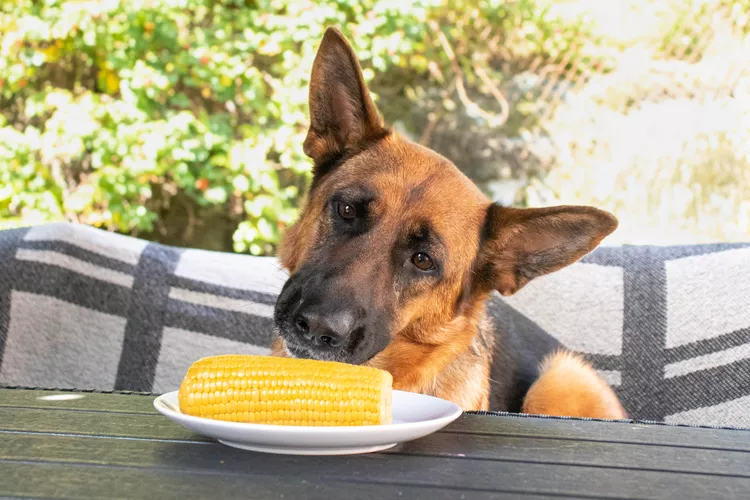
Can Dogs Eat Corn on the Cob?
Dogs love chewing on corn cobs, but this can cause serious harm. Learn about the dangers of corn cobs and find out what to do if your dog eats one.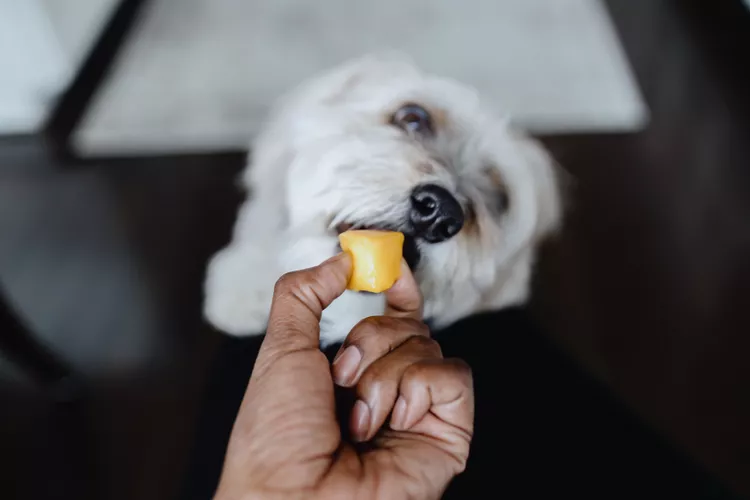
Can Dogs Eat Papaya? What to Know About Sharing This Tropical Fruit With Your Pup
Papaya is safe for dogs in moderation, and it can even provide some nutritional value for them. However, too much can cause digestive upset, and it's not suitable to share with dogs with certain health conditions.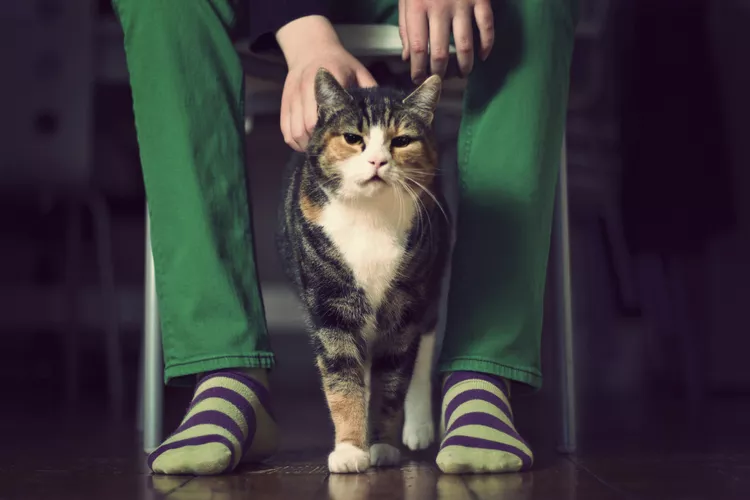
65 Irish Cat Names
Irish cat names can pay homage to historical places, local cuisine, famous Irish actors and musicians, or other wonderful aspects of the Emerald Isle.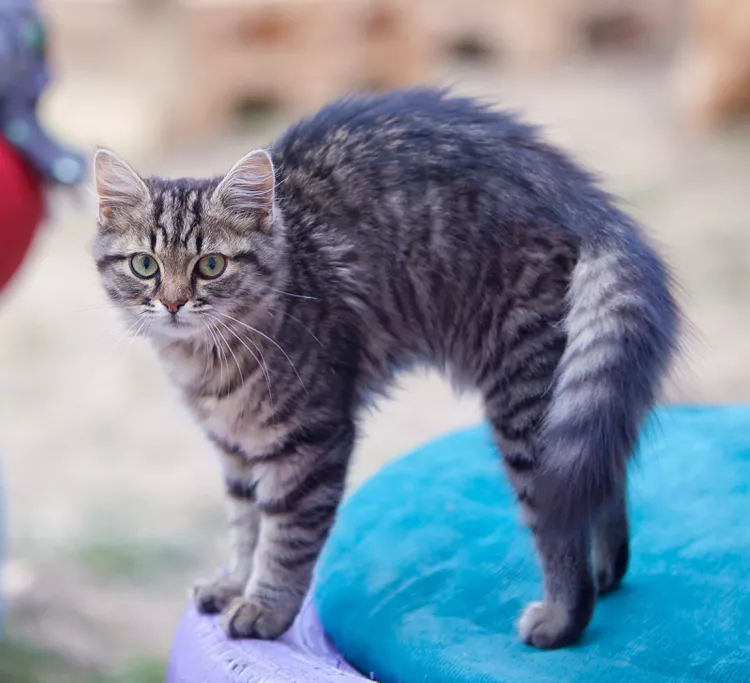
Feline Hyperesthesia Syndrome (FHS) in Cats
Rippling skin is more than dermal sensitivity in cats. It can be a sign of Feline Hyperesthesia Syndrome. Learn the causes, treatment, and prevention.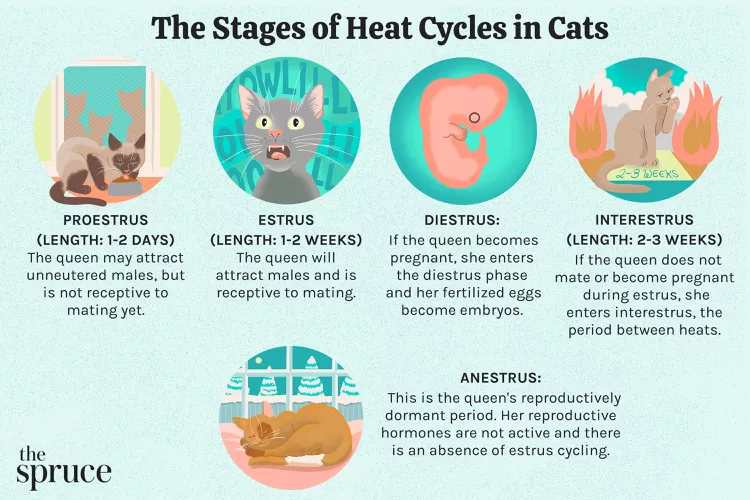
How Long Are Cats in Heat?
How long are cats in heat? Learn about the heat cycles of cats, also called estrus, as well as the reasons you should spay your cat.
Can Dogs Eat Raw Chicken Feet?
What are the potential health benefits of chicken feet for dogs? What are the risks?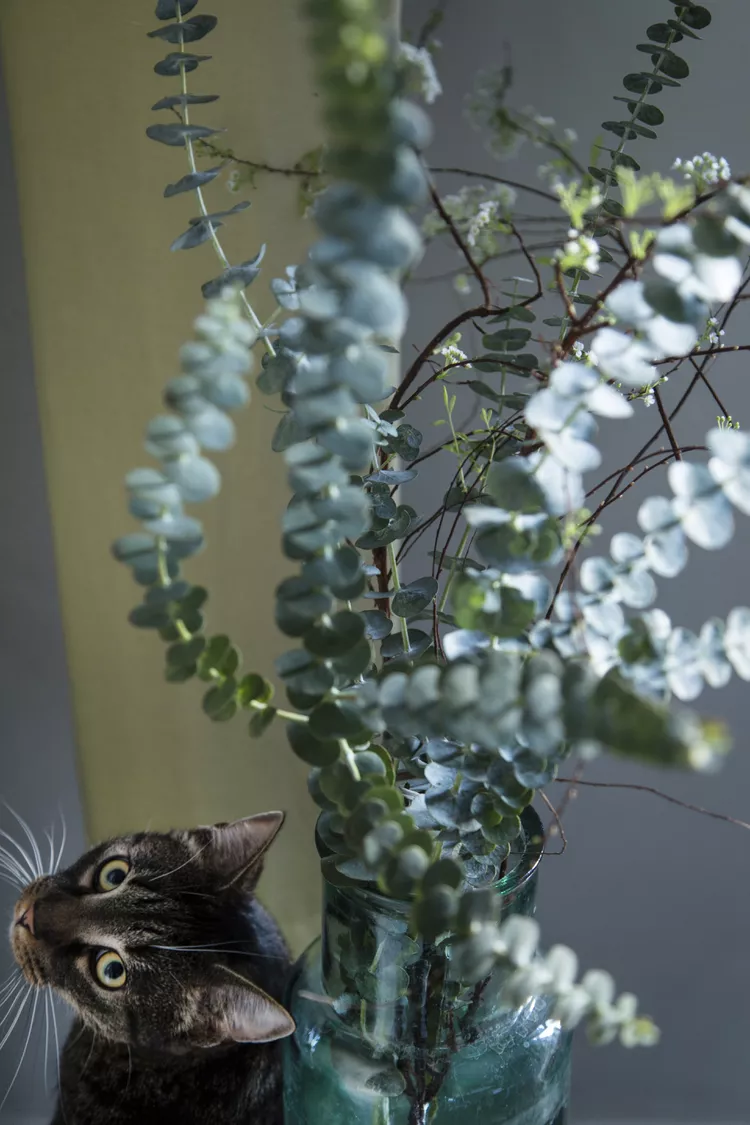
Is Eucalyptus Safe for Cats?
Many products containing eucalyptus are not safe for cats, and it is important to be aware of the risks to your cat.
What You Need to Know About Homemade Cat Food
If you want to cook for your cat, make sure to read about the risks associated with homemade diets for cats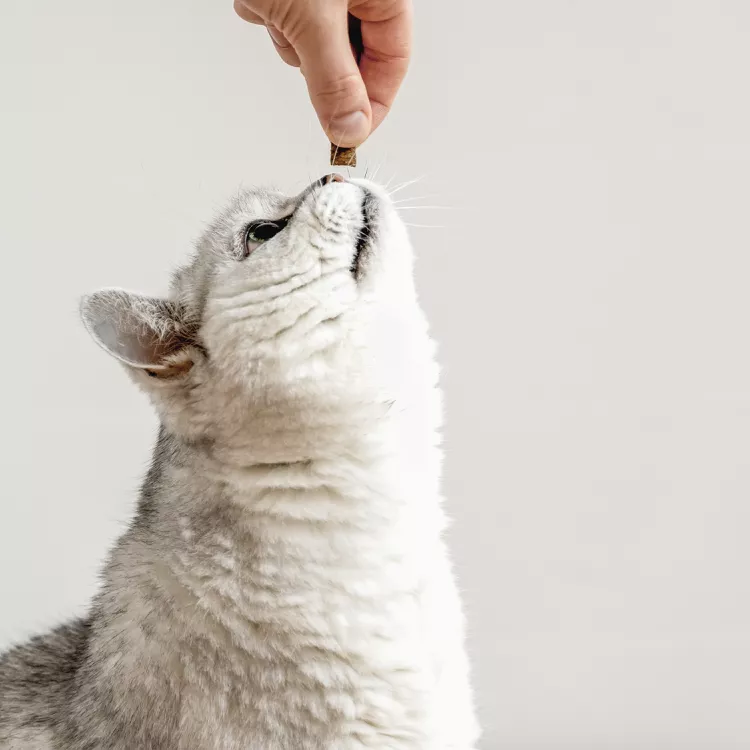
Can Cats Eat Peanut Butter?
Peanut butter is not toxic to cats, but it might not be the best choice of treat for them.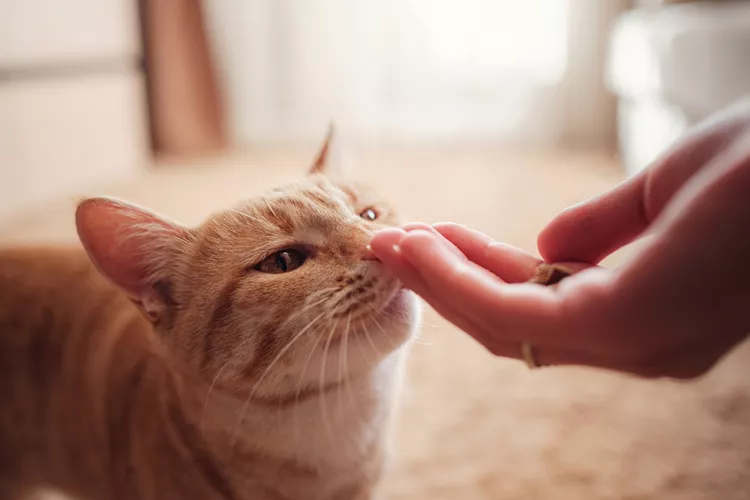
Can Cats Eat Cheese?
Can cats eat cheese? Is it healthy for them? How much can they eat and what should you do if you fear your cat has eaten too much cheese?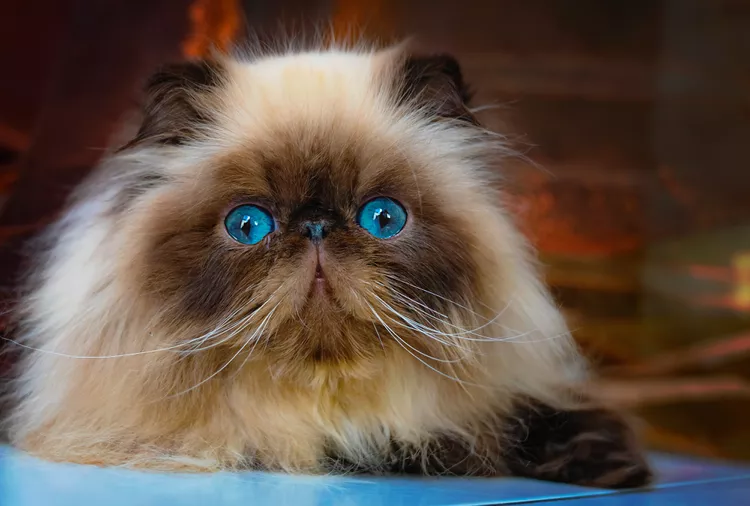
8 Flat-Faced Cats with the Cutest Smooshed Faces
These flat-faced cat breeds have a distinct and adorable appearance. Learn about their origins and traits, and the potential health risks tied to their unique facial structures.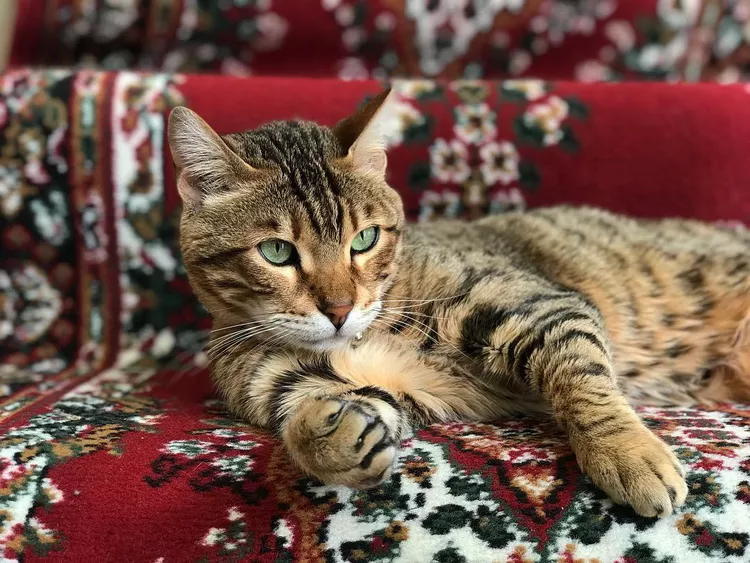
Pictures and Facts About Bengal Cats and Kittens
Bengal cats are a cross between wild cats and domestic cats. Learn more about what they look like and pictures of this beautiful spotted breed.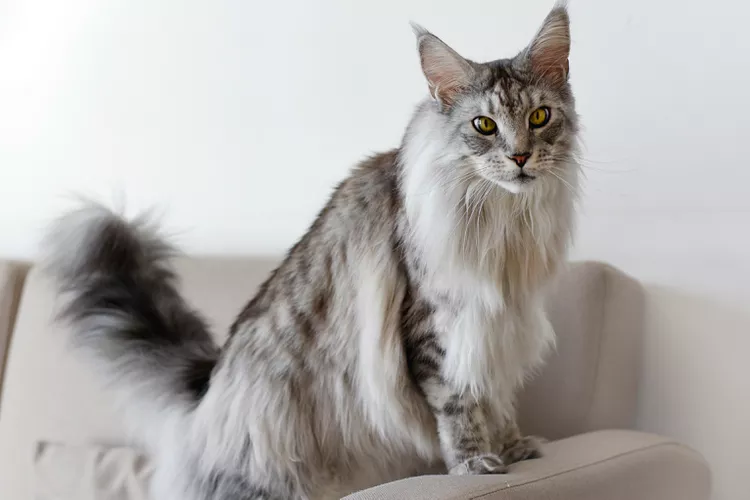
Top 10 Big House Cats
Larger cat breeds, like Maine coons and savannahs, deserve just as much love as their petite counterparts. These big house cats tip the scales.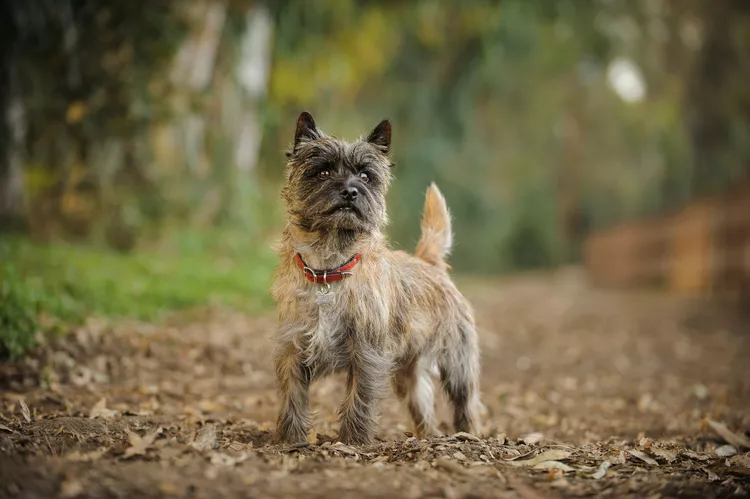
Cairn Terrier: Dog Breed Characteristics & Care
The cairn terrier is a spunky, affectionate, and intelligent dog from Scotland. The breed became famous when one played Toto in The Wizard of Oz. Learn about the temperament, history, health, and care needs of the cairn terrier dog breed.
Reasons Why Dogs Grind Their Teeth
Some dogs grind their teeth. Learn why dogs grind their teeth and if it can be harmful. Find out what to do about teeth grinding in dogs.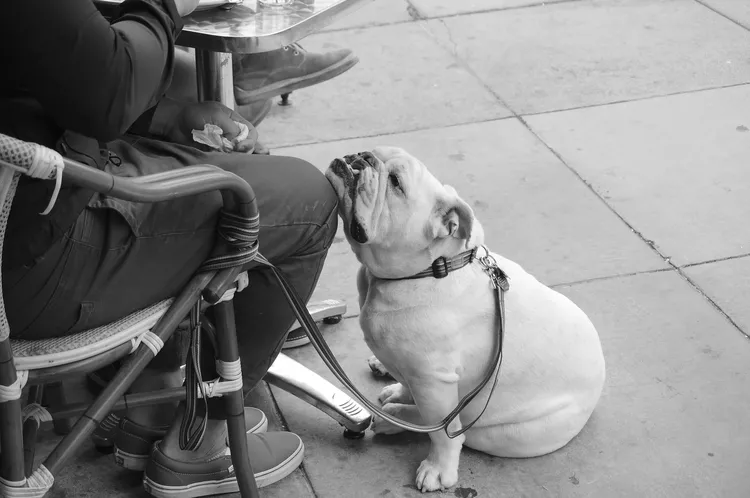
This Is Why Some Dogs Lean on People
Certain dogs really love leaning on their humans. What does this mean? Find out why dogs lean on people and if this is ever a problem.
Can Dogs Get Depression? How to Help Your Sad Dog
Can dogs get depression? Learn about the signs of depression in dogs and find out how to help your sad dog.